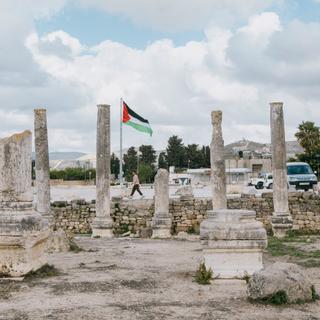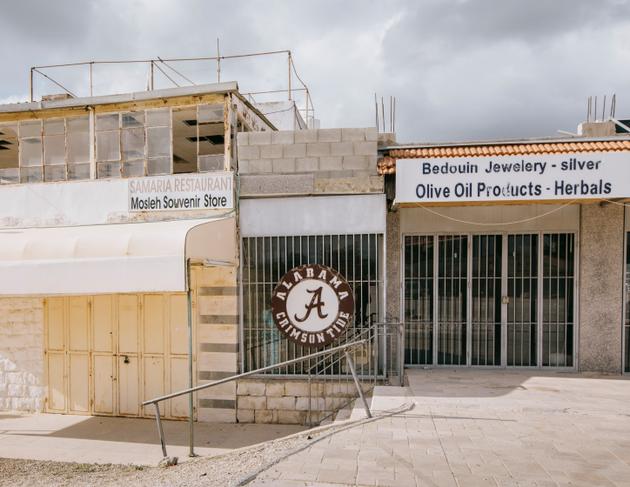


In the West Bank, the archaeological site of Sebastia under Israeli control
FeatureThe takeover of the ancient site illustrates the expansion of settlers and the Israeli army presence in this Palestinian territory, where activity has slowed since the beginning of the war in the Gaza Strip.
Unfortunately for them, the villagers of Sebastia are sitting on a treasure trove. Like all citizens of the West Bank, the 4,000 inhabitants of this commune in the Nablus Governorate suffer daily from the Israeli occupation and the presence of settlers, almost at their doorstep. But this settlement, perched on a promontory, is also the victim of the greed of its Israeli neighbors, who covet an archaeological site of "great importance," according to renowned archaeologist Israel Finkelstein.
The subsoil of the village and its surroundings indeed contains the remains of constructions, some dating back to the 9th century BCE, when the first monarchs of the Kingdom of Israel established their capital there, under the name of Samaria ("Shomron" in Hebrew). Continuously occupied since the Iron Age, the site has subsequently witnessed Greeks, Romans, Byzantines, Crusaders, soldiers of Saladin and Ottomans.

Today, the site is almost entirely deserted. Except for tours led by settlers under the protection of the Israeli army, tourists no longer visit the ancient acropolis. On a day in April, not a single history buff roamed between the columns of the palace of Herod Antipas, tetrarch of Galilee; no one was strolling through what remains of the Byzantine cathedral, erected where, according to tradition, Saint John the Baptist was beheaded on Herod's orders. No one was standing at the foot of the Roman theater and the Hellenistic wall. As for the ruins of ancient Samaria, they were frequented by the sheep and goats of a Palestinian shepherd, at least when Israeli soldiers are not patrolling the area.
You have 81.63% of this article left to read. The rest is for subscribers only.
